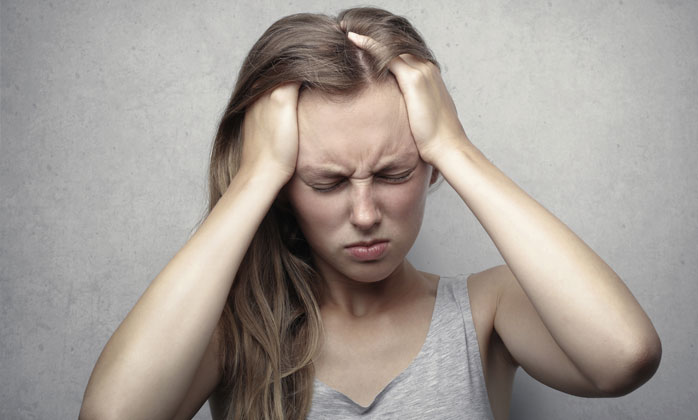

Vestibular rehabilitation is a non-invasive approach for patients experiencing dizziness and balance problems. Most dizziness, vertigo, and balance problems come from a disturbance in either the vestibular apparatus located in the inner ear, the visual system and/or the proprioceptive system (feedback from muscles, ligaments, and joints). Any one of these systems can be a potential cause of your symptoms. Once an in-depth assessment is performed and the cause of symptoms is determined, a safe and individualized program of treatment techniques is developed. Treatment techniques may include: maneuvers to correct the location of crystals within the inner ear, specific exercise to help the brain eliminate symptoms provoked by movement, vision therapy to improve the ability of the eyes to focus while the head is moving, and balance training.
BPPV is characterized by positional vertigo, the sensation of rotational dizziness from changes in head or body position[1]. Clinically, those affected report sensations of vertigo when extending or turning their head, rolling in bed and getting up or lying down [2]. Feelings of unsteadiness and loss of confidence while walking are common with BPPV[2]
The incidence of BPPV is 0.6% per year, with a lifetime prevalence of 2.4 % and is the most common diagnosis of vertigo [2]. Posterior semicircular canal involvement is by far the most common form compared to anterior (ASCC) and horizontal (HSSC) BPPV[2]. The most common age of onset is between 60 and 70 years old, making the elderly population the highest at risk group[2].
BPPV occurs due to dysfunction within the inner ear. The structures in the inner ear responsible for balance are the semicircular canals and the vestibule. The canals are filled with a fluid called the endolymph and are right angled to one another so head movements can be detected in all directions. Within each canal is the cupula, a structure that contains the hair cells and stereocilia that detects endolymph movement, caused by changes in head position.
The vestibule detects head movement in relation to gravity and linear accelerations. It does this with the help of the otoliths, a protein and calcium carbonate structure, imbedded in a gel that simulate hair cells in response to gravity and accelerations. The two accepted mechanisms of BPPV are cupulolithiasis and canalithiasis.

